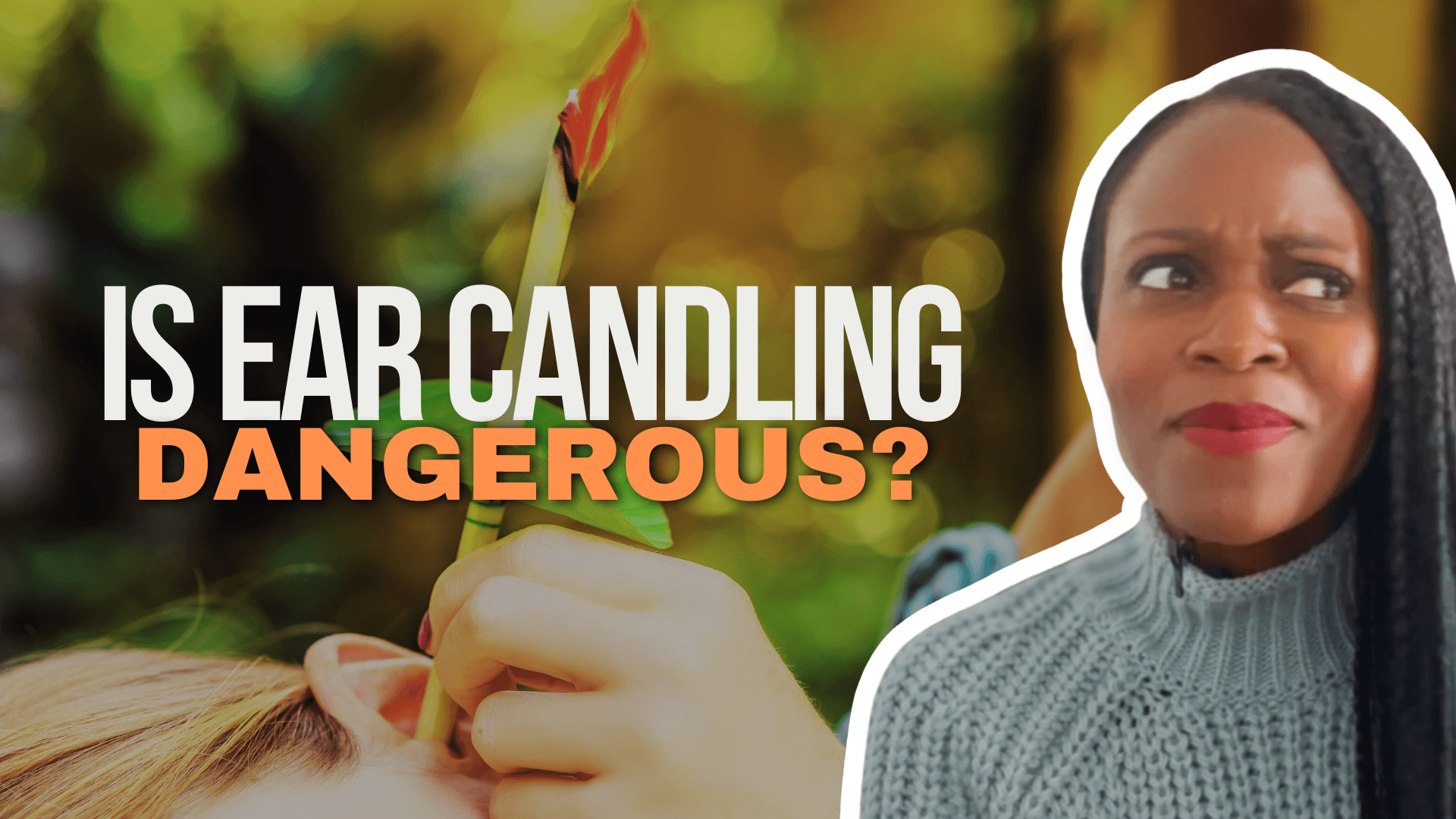- Self-Care
Science-Backed Reasons To Try Mindfulness

Mindfulness is a hot topic in the world of psychology and mental health. But what is it, exactly? And why is it so important?
Mindfulness can be described as the practice of paying attention to the present moment, without judgment. It may sound simple, but it can have a profound impact on your mental and emotional health.
When you’re mindful, you’re able to notice your thoughts and feelings without getting caught up in them. You can observe them without judgment and let them go. This can help you manage stress and anxiety and lead to a more positive outlook on life.
Mindfulness has its roots in Buddhist meditation, but you don’t need to be Buddhist to benefit from it – it can be practiced by anyone, anywhere. All you need is the willingness to pay attention to the present moment.
What is the Science Behind Mindfulness?
Mindfulness is gaining popularity in the world of science, as well. A growing body of research indicates that it can have a positive impact on mental and physical health. So, if you haven’t tried mindfulness exercises yet because you aren’t sure what all the hype is about, let these benefits convince you!
For example, mindfulness has been shown to:
- Reduce stress and anxiety
- Improve mood
- Increase compassion
- Boost immune function
- Decrease pain
- Enhance sleep quality
- Increase resilience against stress
You might be wondering: How does mindfulness do all those things? Scientists believe mindfulness works by changing the way we react to stress. When we’re under stress, our bodies go into “fight or flight” mode. This triggers a release of hormones like cortisol, which can lead to physical symptoms like increased heart rate and blood pressure.
Mindfulness helps us to become more aware of our thoughts and feelings without getting caught up in them. This can help us manage stress in a more positive way and prevent the negative health effects of chronic stress.
What are the 7 Principles of Mindfulness?
- Open your mind to new possibilities and perspectives.
- Accept your thoughts and feelings without judgment.
- Be patient with yourself and others.
- Accept yourself and others as they are.
- Let go of your thoughts and feelings and focus on the present moment.
- Make a commitment to yourself to practice mindfulness and trust yourself.
- Let go of your goals and simply focus on the present moment.
Mindfulness is a practice that can be beneficial for anyone. By paying attention to the present moment without judgment, you can help reduce stress, improve your mood, and boost your overall health.
How Can I Start Practicing Mindfulness?
If you’re interested in trying mindfulness, there are many ways to get started. There are apps, books, and classes that can help you learn the basics. You can also try some simple exercises on your own.
One easy way to start practicing mindfulness is to focus on your breath. Simply sit in a comfortable position and pay attention to the sensation of your breath as you inhale and exhale. If your mind starts to wander, gently bring it back to your breath. You can do this exercise for as long as you like.
Another simple mindfulness exercise is to focus on your senses. For example, you can pay attention to the taste, smell, and texture of your food as you eat. Or you can focus on the sounds around you, such as the wind blowing or birds singing.
You can also try a body scan exercise. To do this, simply lie down in a comfortable position and focus your attention on each part of your body, from your toes to your head. Notice any sensations you feel, such as tension or relaxation.
There’s no right or wrong way to practice mindfulness. The key is to find what works for you and be patient with yourself. Mindfulness takes practice, but it’s well worth the effort.
So, the next time you’re feeling stressed, try one of the exercises above. You may be surprised at how much better it makes you feel!



